50% Off – Sale Ends Tomorrow
50% Off – Sale Ends Tonight
Now 50% Off for a Limited Time
The Neurobiology of Attachment and How that Profoundly Impacts the Treatment of Trauma
 Helping patients heal from trauma is one of the most challenging things we do. But it becomes infinitely more challenging when your patient is missing one key experience – a stable, secure relationship.
Helping patients heal from trauma is one of the most challenging things we do. But it becomes infinitely more challenging when your patient is missing one key experience – a stable, secure relationship.
The lack of these steady, caring, attachment relationships can prolong a patient’s suffering after trauma. It can make it more difficult for your client to regulate emotions or build a trusting bond with you, so that you can help them heal.
But what is it that makes an attachment experience so profoundly protective, and how do we work with the many patients we treat who are missing these cherished relationships? To get into those issues, we created this short course.
The course features five of the world’s top experts in the treatment of trauma. They’ll take you through the neurobiology of attachment and share their best strategies for working with a client’s attachment history to help them heal from trauma.
The Neurobiology of Attachment

The “Safety Miscue” That Can Come Up with Clients After Trauma
Bessel van der Kolk, MD
- One Fundamental Misunderstanding Practitioners May Have About Working with Trauma
- Why Being Nice to Clients Will Not Always Evoke Feelings of Safety
- Practical Ways to Help Clients Feel Safe Without Being a Trigger

What Part of the Brain Develops First (and Why That’s Important When It Comes to Trauma)
Allan Schore, PhD
- The Neuroscience Behind Trauma and Attachment Relationships
- Why Childhood Trauma Can Make a Client More Vulnerable to Stress Dysregulation
- How a Mother’s Trauma Can Impact a Developing Baby In Utero

Why Connecting with the Right Brain Can Be Key to Regulation
Allan Schore, PhD Dan Siegel, MD
- The Common Brain “Bias” That Could Lead to Misattunement with Your Client
- How to Help a Client Stay Emotionally Connected – Even When They’re Dysregulated
- Why the Right Brain Is Vital to the Client’s Core Sense of Self
- Why It’s Important to Communicate Directly with Your Client’s Right Brain

How Attachment Styles Can Become a Self-Fulfilling Prophecy for a Client’s Future Relationships
Dan Siegel, MD Allan Schore, PhD
- Four Attachment Styles Explained – and How They Play Out Throughout a Client’s Lifetime
- When Dysfunctional Interactions Can Be the Key to Healing
- Epigenetics and How It Can Affect Work with Clients Who’ve Experienced Trauma
- The Problem with Staying Neutral – the Role of the Practitioner in Helping Patients Co-Regulate After Trauma

How Secure Attachment Can Be the Basis for Emotion Regulation
Ruth Lanius, MD, PhD Pat Ogden, PhD
- How to Foster Secure Attachment with a Client Who Has Never Felt Safe with Another Person
- How to Use Choice to Create a Sense of Safety During Sessions
- Helping Clients Connect with Others Through Proximity-Seeking Actions
- One Powerful Approach to Empower Clients to Move Beyond Feelings of Victimhood

Critical Insights: Working with Different Attachment Styles
Ron Siegel, PsyD Ruth Lanius, MD, PhD Ruth Buczynski, PhD
- Why Connection with Others Is Essential for Emotional Regulation
- Understanding When the Care Itself Can Be Threatening for a Client
- How to Upregulate Positive Emotions (without Overwhelming the Client)
- Specific Ways to Engage a Traumatized Client’s Curiosity

Expert Strategies for Building Secure Attachment
Joan Borysenko, PhD Bill O’Hanlon, LMFT Ruth Buczynski, PhD
- Three Methods for Drawing Out a Client’s Strengths and Coping Skills
- How to Mindfully Help Clients Manage Physical and Emotional Pain
- Two Questions That Can Reignite a Client’s Hope for the Future
- Case Study: Adverse Childhood Experience and Long-Term Effects of Childhood Trauma
Register Here for $197 $97
and get all the videos, audios, transcripts, learning tools, plus 2 bonuses
to help you work more effectively with a client’s attachment history
3 CE/CME Credits or Clock Hours are available for purchase at checkout.
Click HERE to get information about CE/CME credits and clock hours as well as speaker disclosures
For This Short Course on The Neurobiology of Attachment, We Brought Together Some of the Top Experts in the Field

Bessel van der Kolk, MD
Neuroscientist and Professor of Psychiatry at Boston University Medical School. Author of The Body Keeps the Score: Brain, Mind, and Body in the Healing of Trauma.
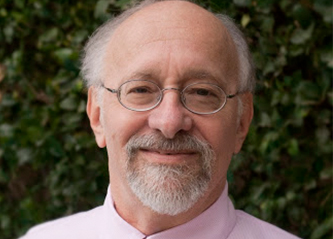
Allan Schore, PhD
Clinical faculty of the Department of the Psychiatry and Biobehavior Sciences at UCLA David Geffen School of Medicine; Author of Right Brain Psychotherapy and The Development of the Unconscious Mind.

Dan Siegel, MD
Executive Director of the Mindsight Institute; Co-Director of UCLA’s Mindful Awareness Research Center; author of Mindsight: The New Science of Personal Transformation and The Mindful Therapist: A Clinician’s Guide to Mindsight and Neural Integration.
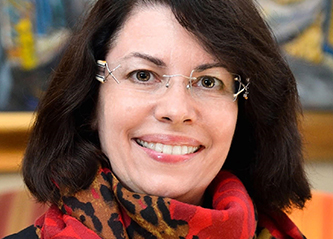
Ruth Lanius, MD, PhD
Professor of Psychiatry and Director of the Post-traumatic Stress Disorder (PTSD) research unit at the University of Western Ontario. Coauthor of The Impact of Early Life Trauma on Health and Disease: The Hidden Epidemic, and Healing the Traumatized Self: Consciousness, Neuroscience, Treatment.

Pat Ogden, PhD
Pioneer in Somatic Psychology; Founder and Director of Sensorimotor Psychotherapy Institute (SPI); Co-founder of the Hakomi Institute; Author of Sensorimotor Psychotherapy: Interventions for Trauma and Attachment.
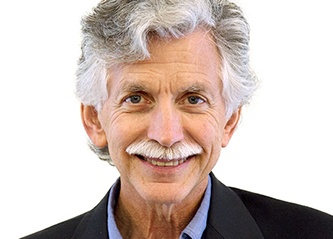
Ron Siegel, PsyD
Assistant Professor of Psychology, part time, Harvard Medical School; Author of The Mindfulness Solution: Everyday Practices for Everyday Problems and Sitting Together: Essential Skills for Mindfulness-Based Psychotherapy.

Joan Borysenko, PhD
Founder of Mind/Body Health Sciences LLC; Author of New York Times Bestseller Minding the Body, Mending the Mind.

Bill O’Hanlon, LMFT
Co-developer of Solution-Oriented Therapy; Psychotherapist, speaker, and author of Do One Thing Different: Ten Simple Ways to Change Your Life.

Course Director
Ruth Buczynski, PhD
Here's What You'll Get:
Everything is yours to keep forever in your professional library
|
|
Downloadable videos so you can watch at your convenience, on any device |
|
|
Audio recordings you can download and listen to at home, in the car, at the gym or wherever you like |
|
|
TalkBack Segments to distill key ideas (this is where we “land” the session) |
|
|
Next Week in Your Practice sessions to give you concrete strategies to use with patients |
|
|
Professionally-formatted transcripts of the sessions, to make review and action simple |
|
|
Two downloadable bonus videos to help you work more effectively with a client’s attachment history |
Get 2 Bonuses That Give You Even More Strategies for Working with a Client’s Attachment History

Compassion Imagery for Shame and Trauma
Deborah Lee, DClinPsy Laura Silberstein-Tirch, PsyD
Paul Gilbert, PhD
- Common Client Challenges to Imagery Work
- How to Create “Perfect Nurturing” Imagery with Clients After Trauma
- The “Soothing Rhythm Breathing” Technique from Compassion Focused Therapy

How to Help Trauma Patients Establish a Sense of Safety and Repair Attachment Using EMDR
Laurel Parnell, PhD
- How EMDR Works to Stimulate Both Hemispheres of the Brain (and Why That Can Be So Effective for Helping Your Client Reach Adaptive Resolution)
- The 5 Principles for Repairing Attachment using EMDR
- How EMDR Can Kickstart the Natural Healing System
- Why Validating Your Client’s Experience Can Get Them Past Roadblocks
- Why Loving-Kindness and Mindfulness Meditation Are Important in Attachment Repair
Register Here for $197 $97
and get all the videos, audios, transcripts, learning tools, plus 2 bonuses
to help you work more effectively with a client’s attachment history
3 CE/CME Credits or Clock Hours are available for purchase at checkout.
Click HERE to get information about CE/CME credits and clock hours as well as speaker disclosures
Plus, You’ll Get Practical Tools to Help You Take Action Immediately and Effectively
Synthesize Key Concepts So You Can Use Them Immediately
In the TalkBack Session, Ron Siegel, PsyD and Ruth Lanius, MD, PhD join me to dig more deeply into the key ideas. Our job is to make yours easier by streamlining the information and making sure each point is crystal clear. We’ll clarify critical concepts and break it all down so you can gain confidence in your understanding.
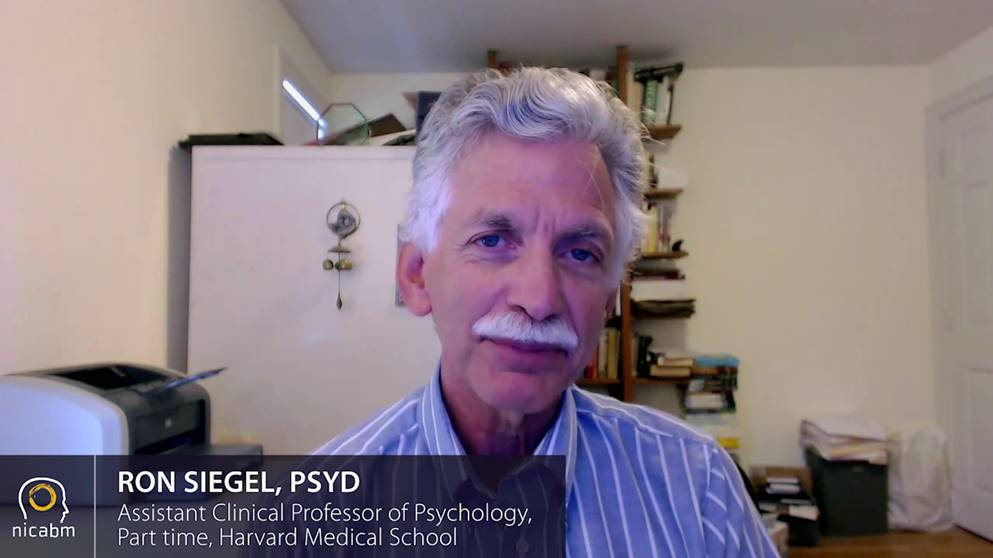
Discover Concrete Practices That Will Work in Your Life (and with Your Patients)
Then, with “next week” in mind, we’ll turn smart ideas into easy-to-use applications for your work. In Next Week in Your Practice, Joan Borysenko, PhD and Bill O’Hanlon, LMFT join me to give you specific practices and exercises based on each session. You’ll get strategies you can use with your clients right away.
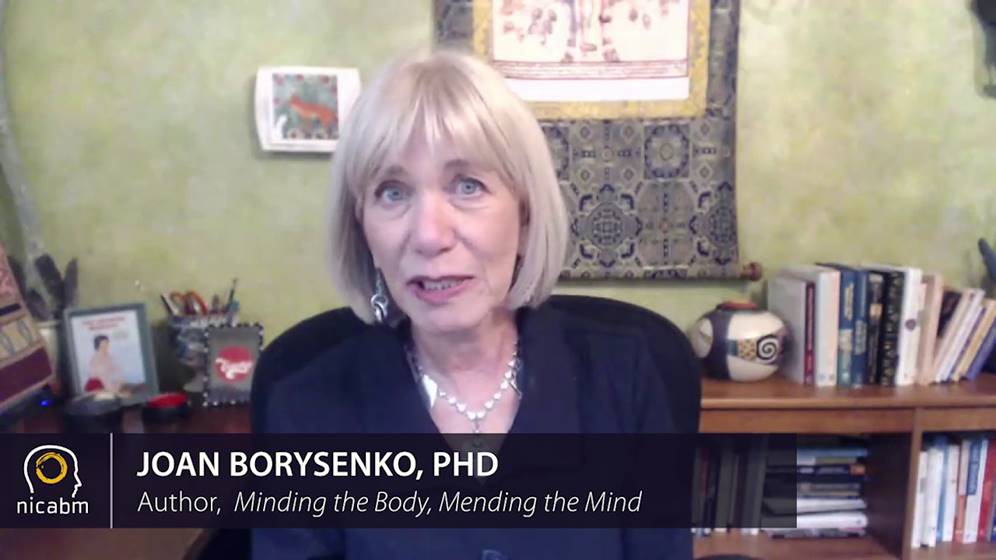
Uncover Core Ideas and Techniques at-a-Glance So You Have a “Cheat Sheet” When You Need It Most
The QuickStart Guide will help you stay fresh and confident as you turn these teachings into action. We’ve gathered all the essential tools and methods from the program into a concise, easy-to-use guide so you can quickly review and apply these ideas when you need them most. It’s an at-a-glance reference to the most powerful concepts and strategies for working with patients who have experienced trauma.
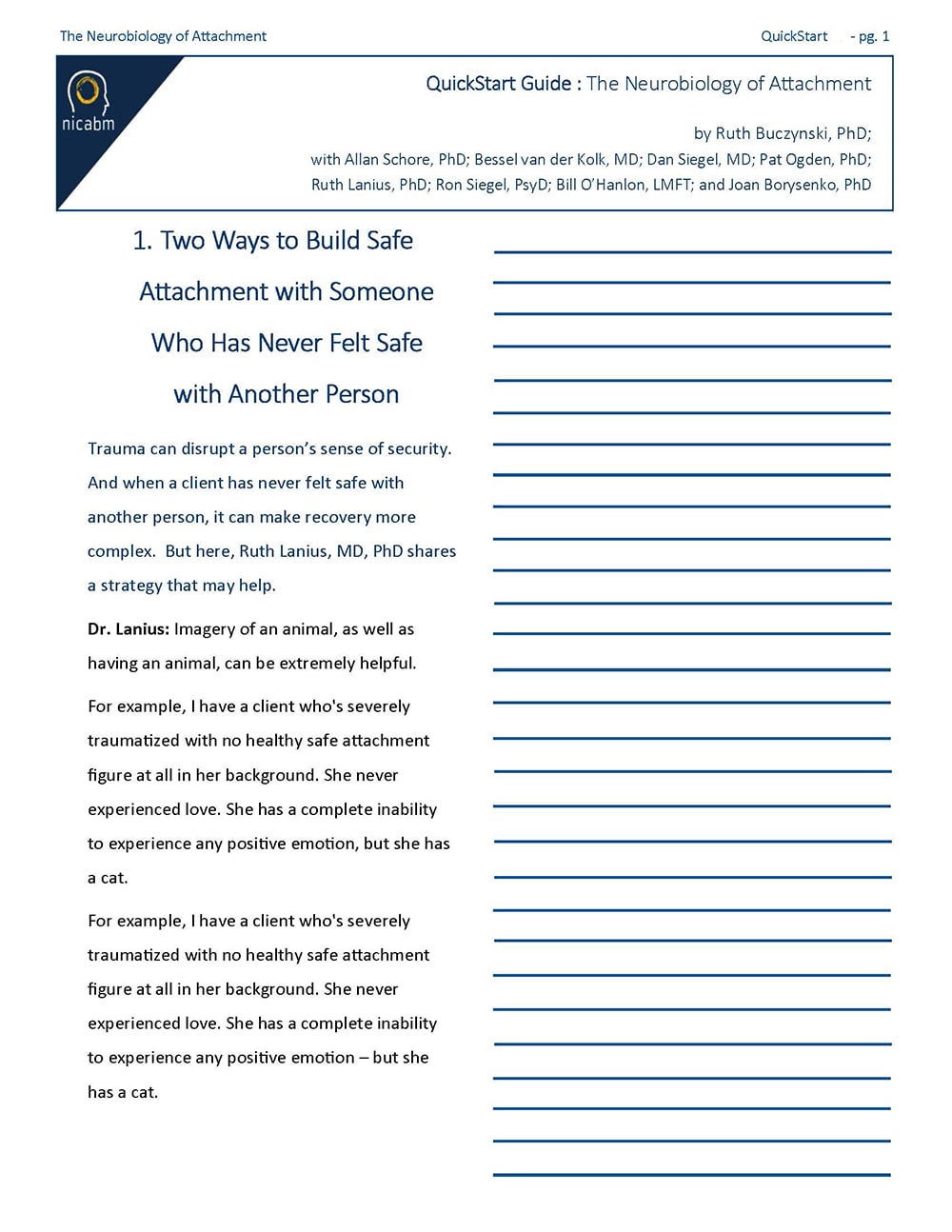
Quickly Recall Crucial Details So You Can Apply Them with Confidence
Our Professional Transcript will help you reinforce key ideas so you can integrate them into your life and work. We’ve designed your transcript with an easy-to-use table of contents, clear, organized formatting, and helpful highlight quotes so you’ll have the information and exercises you need at your fingertips.
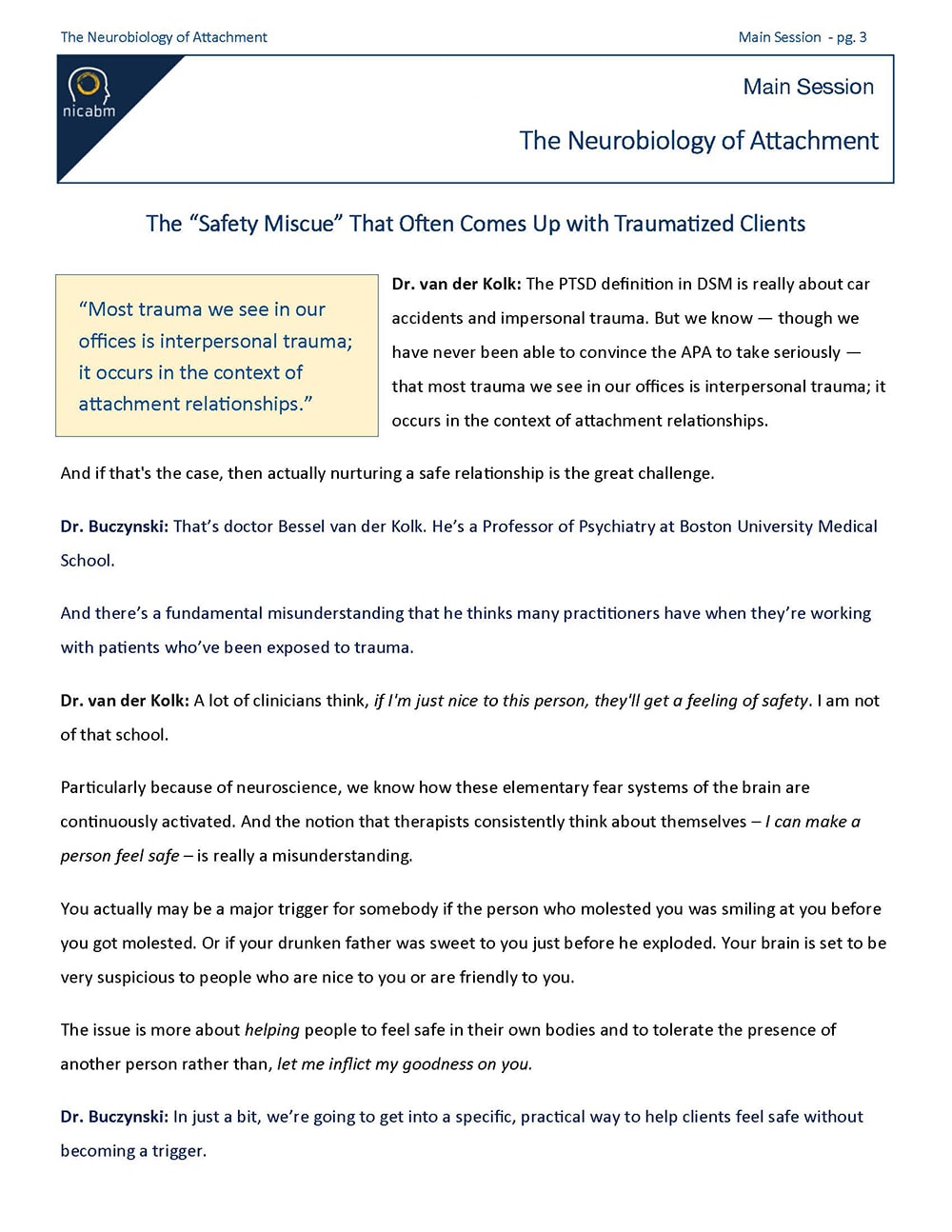
Here's What Your Peers Have Experienced In NICABM Programs

. . . instrumental in opening my mind and heart to understanding trauma.
“These seminars have been instrumental in opening my mind and heart to understanding trauma. They are brief and accessible and of such high quality that I’ve been able to glean real understanding and a starting point for further study. I can’t say enough about them. I have recommended them to so many of my colleagues and they say the same things I do about them. Thank you Ruth!”
Angela Lawrence, Drug and Alcohol Counselor
British Columbia, Canada

The material covered has . . . fully supported my purpose, enhancing my knowledge of the theories behind the actions taken.
“I am a soldier, who works with other soldiers and their families (The PTSD Retreat), in reference to PTSD. We, as soldiers, are all taught the very basics of PTSD, in what we call “death-by-PowerPoint,” but it never goes beyond this. Indeed, it is repeated over and over, without change, and it rarely if ever gets to the families. The material covered in here has fully supported my purpose, enhancing my knowledge of the theories behind the actions taken. I am so grateful to have been able to follow this series and look forward to furthering my education with this entity. Thank you”
D. Nicole Johnson, Drug and Alcohol Counselor
Starr Founder, The PTSD Retreat

. . . very cost effective and practical . . .
“These programs offer a broad spectrum of both information and specific guidelines with top experts in different fields of addressing human suffering. All in a very cost effective and practical way. Rather than thousands of dollars spent on the cost of conference I can learn in the comfort of my own home or office, on my own schedule. Certainly recommend any of these series to my colleagues.”
Ian Macnaughton, PhD, Psychotherapist
Vancouver, BC, Canada

My clients have been able to build their confidence. . .
“My clients have been able to build their confidence in their ability to self-regulate on their own in pretty difficult situations, including work and family of origin situations. Their success has then built their self-esteem as they can see that they can be successful in changing some fairly habitual ways of interacting and hurting themselves. It is a positive cycle that builds upon itself”
Nancy Lasater, MSW, LCSW
Boulder, CO
Why the Transcript Is Essential:
- The transcript makes it easy to go back and double check concepts, citations and names that are mentioned
- We put in a table of contents to make it easy for you to find the exact part of the webinar you need
- Having the concepts already written allows you to take notes on how you’re going to use the ideas rather than transcribing the ideas
- Some people simply learn better by reading than by listening or watching
- You will be able to print out and share techniques presented in the session with your patients

“I really liked being able to follow along with the transcripts as I listened…it was nice not to feel like I had to take notes. I really feel like I remember more when I both hear and see at the same time.”
Mary Ellen McNaughton, Masters in Counseling, Psychology Counselor
Kelowna, British Colombia, Canada
You Are Protected By
NICABM’s Money-Back Guarantee
We invite you to register for this comprehensive training program without any risk. Unless you are completely satisfied, we will refund your money. Just let us know within 30 days from the date of registration. We are that confident that you will find this information to be more than you expected.
Register Here for $197 $97
and get all the videos, audios, transcripts, learning tools, plus 2 bonuses
to help you work more effectively with a client’s attachment history
3 CE/CME Credits or Clock Hours are available for purchase at checkout.
Click HERE to get information about CE/CME credits and clock hours as well as speaker disclosures
